13 Healing Plants You Should Add To Your Home
Healing plants are a wonderful addition to any home, bringing both beauty and health benefits. These plants are not only pleasing to the eye, but they also offer various healing properties, from improving air quality to supporting relaxation. If you are looking to create a healthier environment, adding the right plants to your space can make a big difference. Let us take a look at some of the best healing plants that will thrive in your home.
This post may contain affiliate links, which helps keep this content free. Please read our disclosure for more info.
Aloe Vera
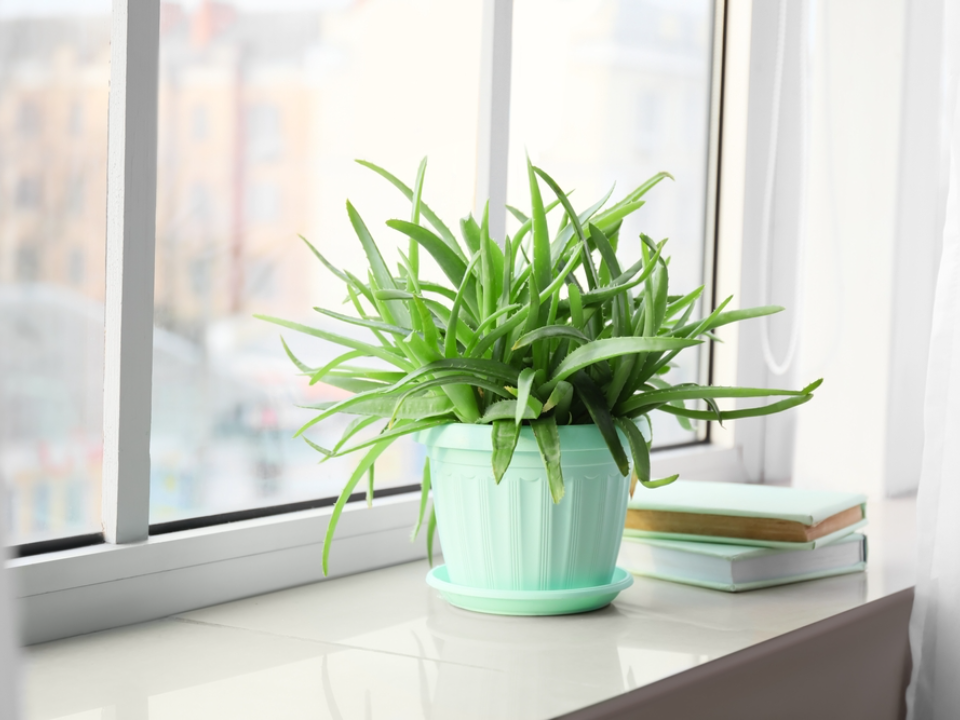
Aloe Vera is well-known for its soothing properties, especially for skin irritation and burns. The gel inside its leaves contains compounds that help reduce inflammation and speed up the healing process. It can also be used to treat minor cuts, sunburns, and skin conditions like eczema. Having Aloe Vera in your home ensures that you always have a natural remedy for minor skin issues.
In addition to its external uses, Aloe Vera is also believed to purify the air. It can help remove toxins, such as formaldehyde and benzene, improving indoor air quality. This hardy plant thrives in bright, indirect light and requires minimal watering. It is a perfect addition to any home for its practical healing properties and ease of care.
Lavender
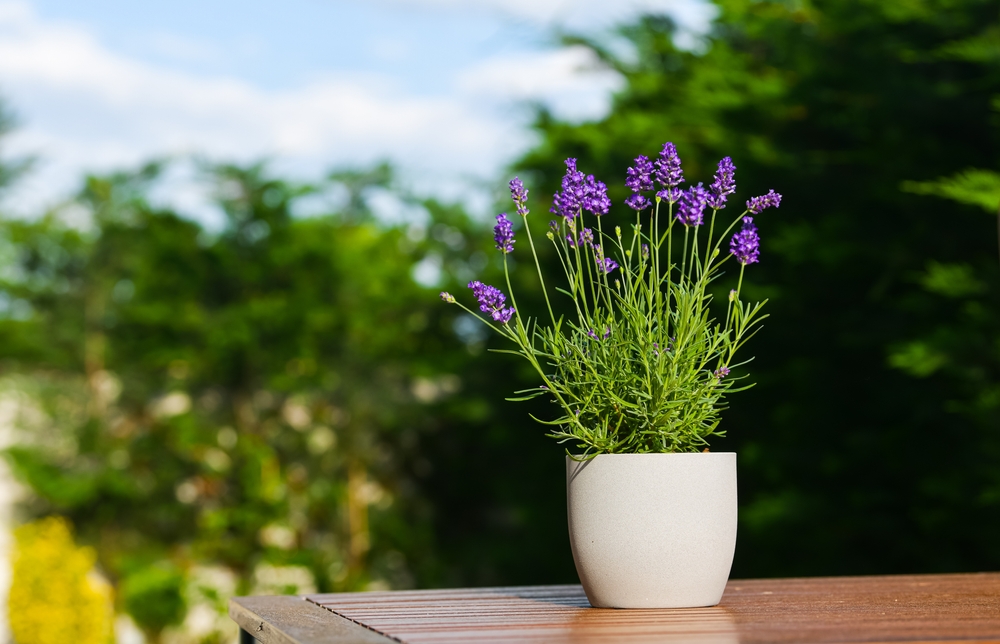
Lavender is well known for its calming and relaxing effects. Its scent has been shown to reduce anxiety and improve sleep quality, making it ideal for bedrooms. Lavender can be used in aromatherapy, and simply having the plant nearby can help create a soothing atmosphere. Its flowers are often used to make oils and teas that promote relaxation and reduce stress.
Lavender also has mild antiseptic and anti-inflammatory properties, making it useful for treating minor cuts and burns. It grows well in a sunny spot with well-drained soil and needs little maintenance. Besides its healing properties, it adds a touch of beauty with its vibrant purple blooms. Keep this fragrant herb in your home to enjoy its therapeutic benefits and pleasant aroma.
Peppermint
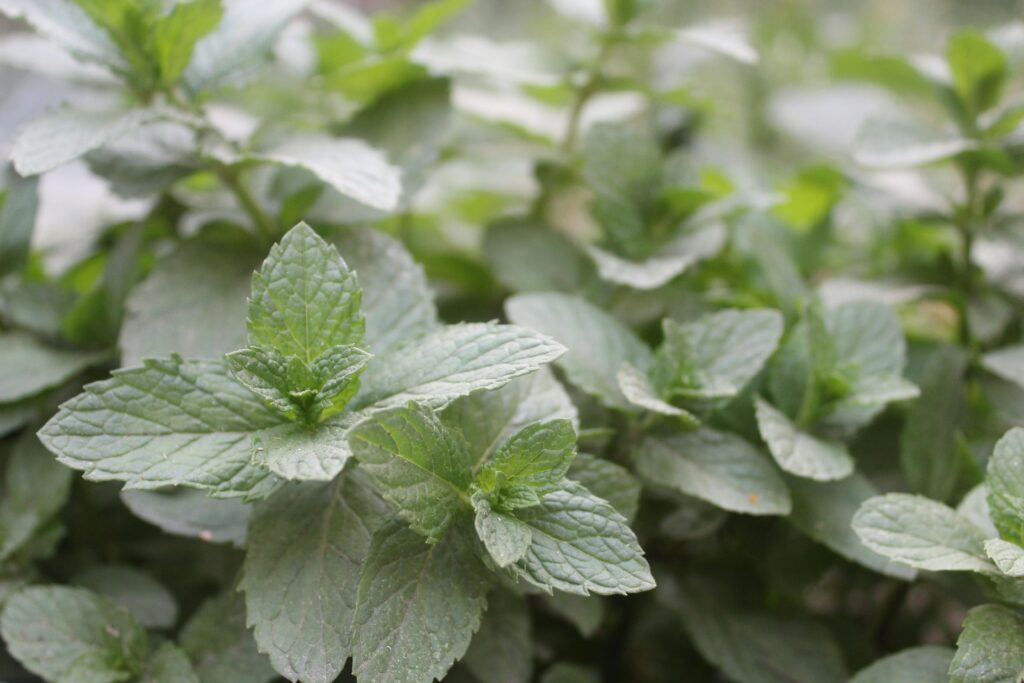
Peppermint is a versatile plant known for its refreshing scent and digestive benefits. It helps relieve nausea, indigestion, and headaches by improving circulation and relaxing the muscles. You can use fresh peppermint leaves to make tea or add them to dishes for a burst of flavor and health benefits. Having peppermint in your home allows you to enjoy its healing properties in many forms.
Peppermint also has antimicrobial properties, making it useful for cleaning and refreshing the air. It is easy to grow in containers or garden beds, preferring partial sunlight and moist soil. This herb can help clear sinuses, soothe sore muscles, and even cool the skin when applied topically. With its wide range of uses, peppermint is a great addition to any home.
Chamomile
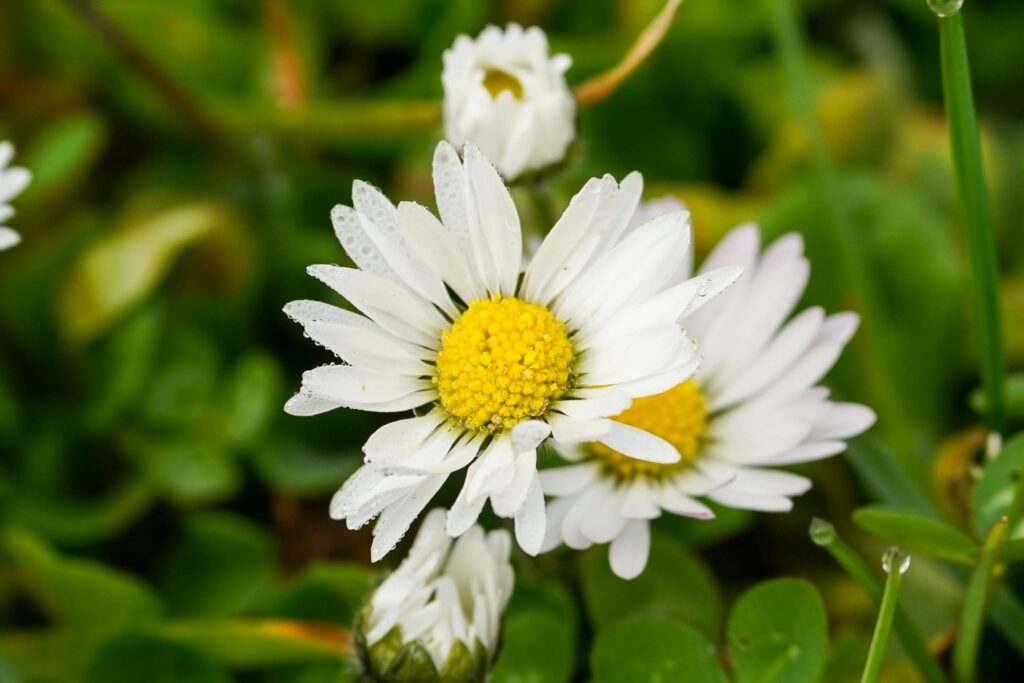
Chamomile is a calming herb often used to promote sleep and relaxation. It is commonly used in teas that help ease anxiety, promote better sleep, and reduce digestive discomfort. Chamomile flowers are also known for their anti-inflammatory properties, making them useful for soothing minor skin irritations and rashes. Growing chamomile in your home provides a natural remedy for stress and sleepless nights.
The plant is easy to grow, preferring sunny locations with well-drained soil. In addition to its soothing effects, chamomile has mild antibacterial properties that can help with wound healing. It is perfect for creating a peaceful atmosphere and can be used to make herbal teas for better sleep and digestion. Chamomile is a wonderful plant to have in any home for its calming and healing qualities.
Echinacea
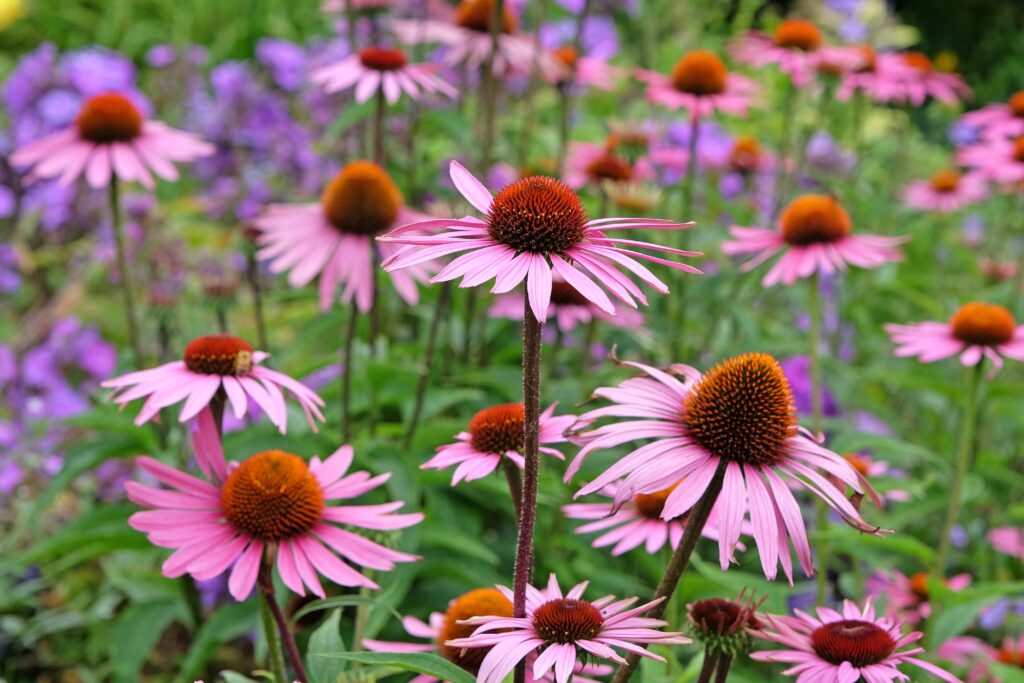
Echinacea, also known as coneflower, is widely used for its immune-boosting properties. It helps the body fight off infections and is commonly taken to shorten the duration of colds or flu. Echinacea can be consumed as a tea or in supplement form, and it is known to help reduce inflammation and support the respiratory system. Growing it in your home ensures you have a natural remedy to support your health.
This vibrant purple flower is not only medicinal but also adds a burst of color to any garden. It thrives in full sun and well-drained soil, making it easy to grow in most climates. Echinacea also attracts pollinators like bees and butterflies, enhancing your garden’s ecosystem. Its healing properties make it a valuable addition to your home and garden.
Thyme
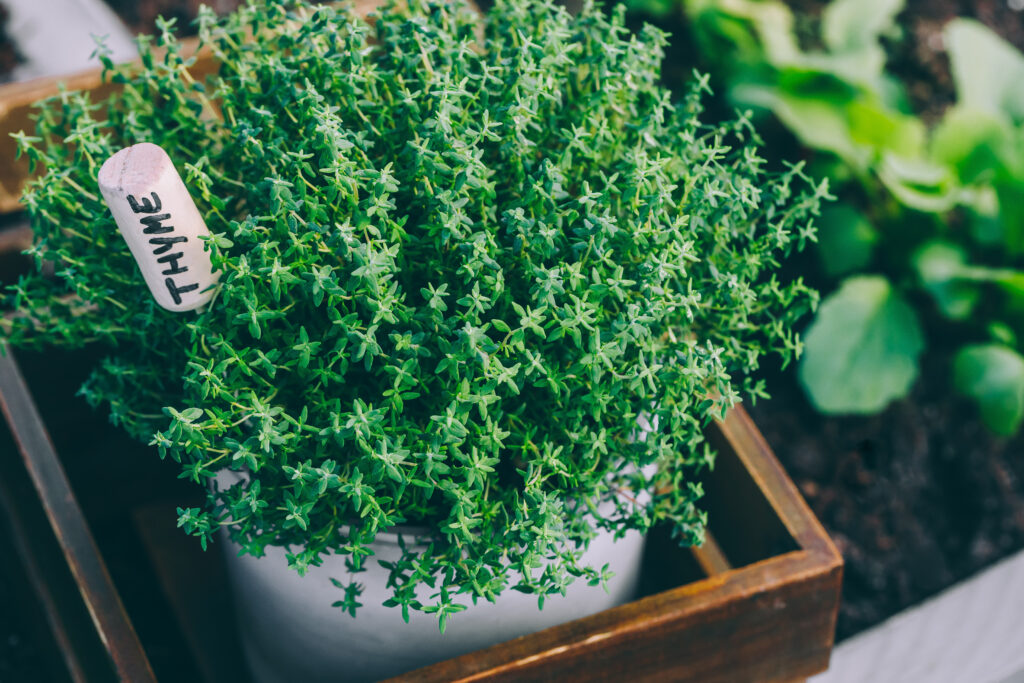
Thyme is a fragrant herb with powerful antimicrobial and antiseptic properties. It is often used to treat coughs, colds, and sore throats due to its natural ability to fight infection and clear respiratory pathways. Thyme can be brewed into a tea or used in cooking, offering both healing benefits and a rich flavor. Keeping thyme in your home allows you to enjoy its therapeutic and culinary uses.
Thyme is easy to grow, preferring full sun and well-drained soil. It also has anti-inflammatory properties that can help with digestive issues and muscle pain. This herb can be used in various forms, such as fresh leaves, essential oil, or tea. For its medicinal uses and delightful aroma, thyme is a must-have in your collection of healing plants.
Sage
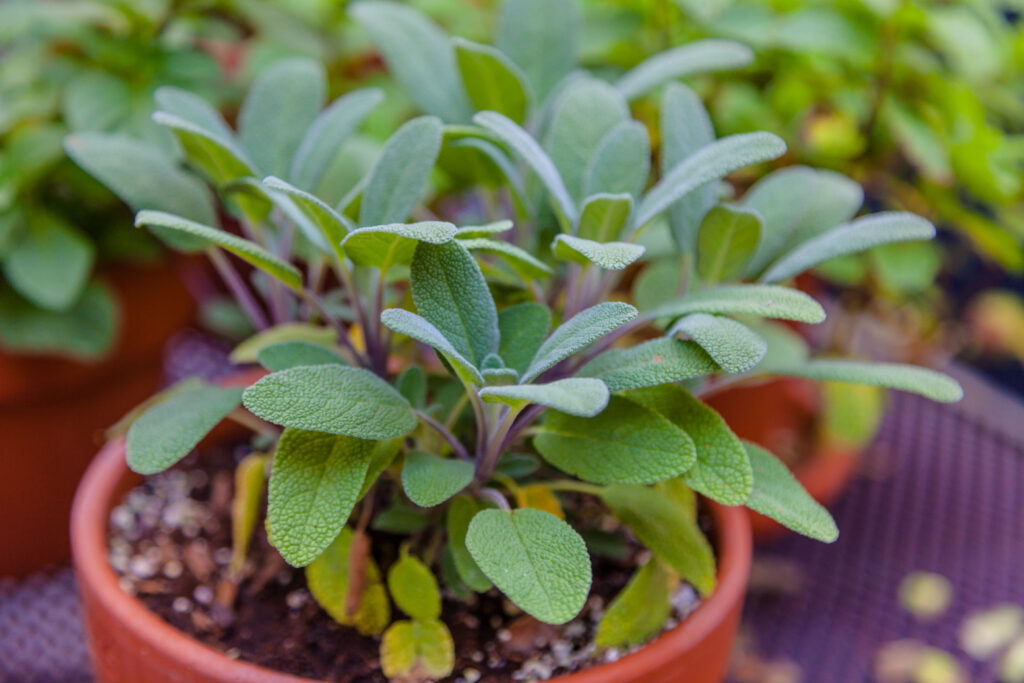
Sage is a powerful herb with a long history of medicinal use, particularly for its anti-inflammatory and antioxidant properties. It is often used in teas to help relieve sore throats, digestive issues, and even to improve memory. Sage leaves are also used in smudging rituals to cleanse spaces and remove negative energy, making it both a physical and spiritual healing plant. Keeping sage in your home gives you a natural remedy for several ailments.
In addition to its healing properties, sage is easy to grow in a sunny spot with well-drained soil. It adds a unique flavor to dishes and can also be used to create soothing herbal teas. The plant’s calming and purifying properties make it a great choice for both physical healing and emotional balance. Sage is an excellent plant to have around for its many uses.
Basil
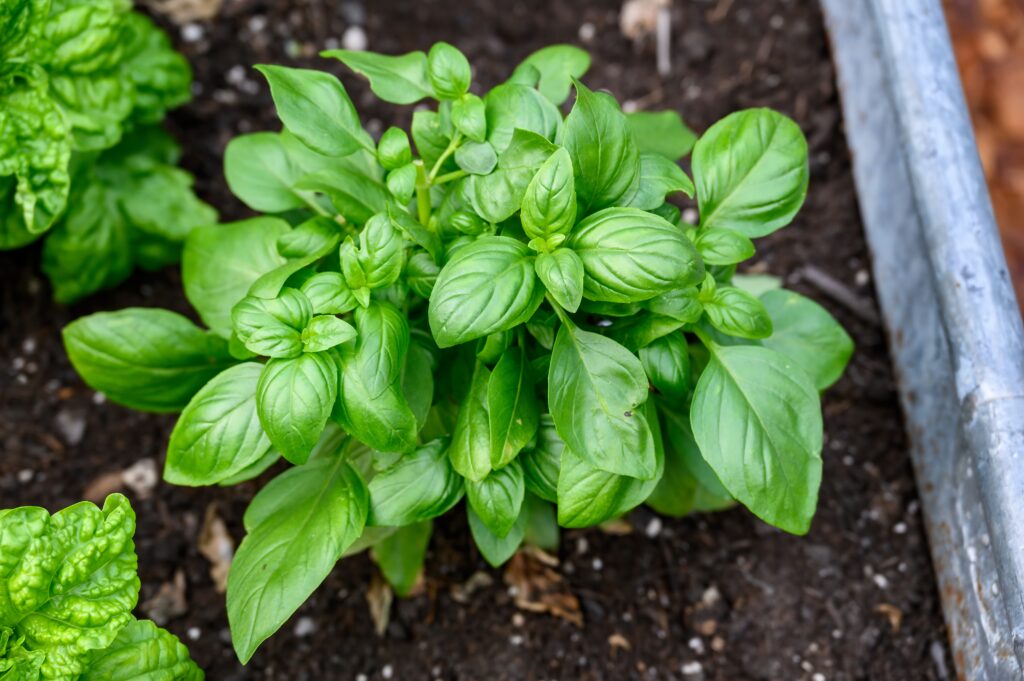
Basil is not just a culinary herb; it also offers a variety of health benefits. Known for its anti-inflammatory properties, basil helps support digestion and reduce inflammation in the body. It is often used to help manage stress and anxiety, making it ideal for creating a relaxing atmosphere in your home. Growing basil ensures you have a fresh supply of this healing herb for both cooking and health.
Basil is rich in antioxidants and has mild antibacterial properties, which make it useful for fighting infections. It grows well in warm, sunny environments and needs regular watering to thrive. This herb is easy to care for, making it a perfect addition to your home garden or kitchen windowsill. With its healing benefits and delicious taste, basil is a must-have plant.
Lemon Balm
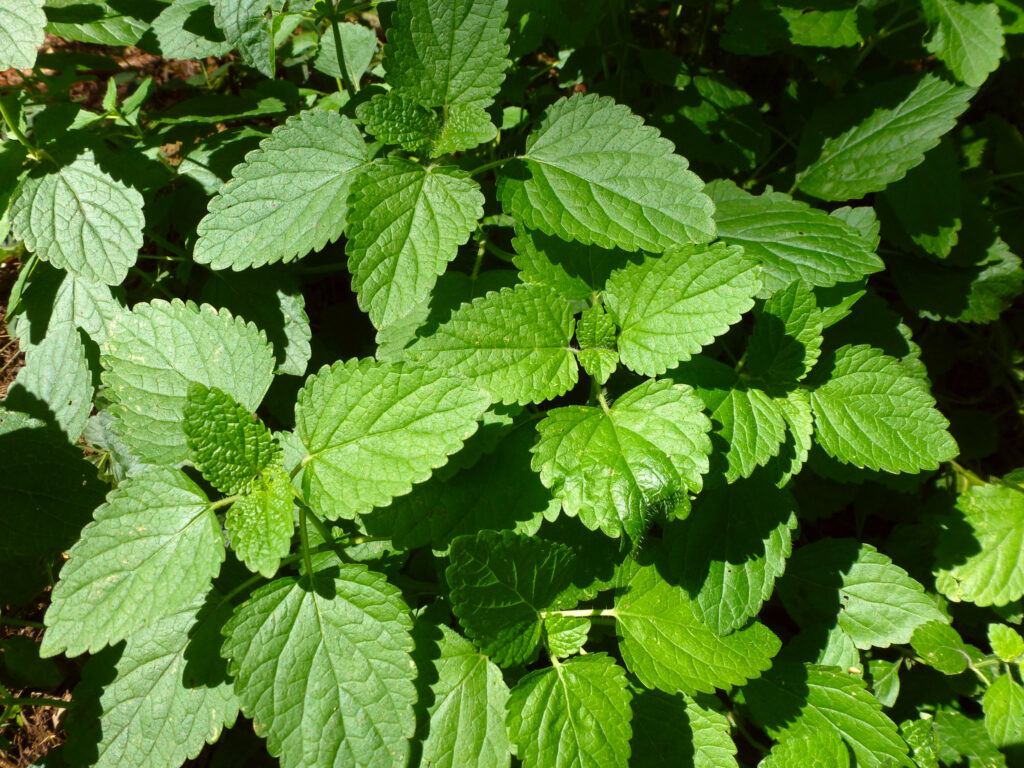
Lemon Balm is known for its calming effects and ability to reduce stress and anxiety. This herb is often used to promote better sleep and aid in digestion, making it perfect for evening tea. The fresh lemon scent also has a soothing effect, helping to reduce feelings of nervousness and restlessness. Growing lemon balm in your home ensures you always have a natural remedy for relaxation.
Lemon balm is easy to grow and thrives in sunny, well-drained soil. It can be used in teas, essential oils, or added to dishes for a burst of flavor and health benefits. Its gentle calming effects are great for creating a peaceful environment in the home. Lemon balm is a healing plant that is both practical and fragrant.
Ginger
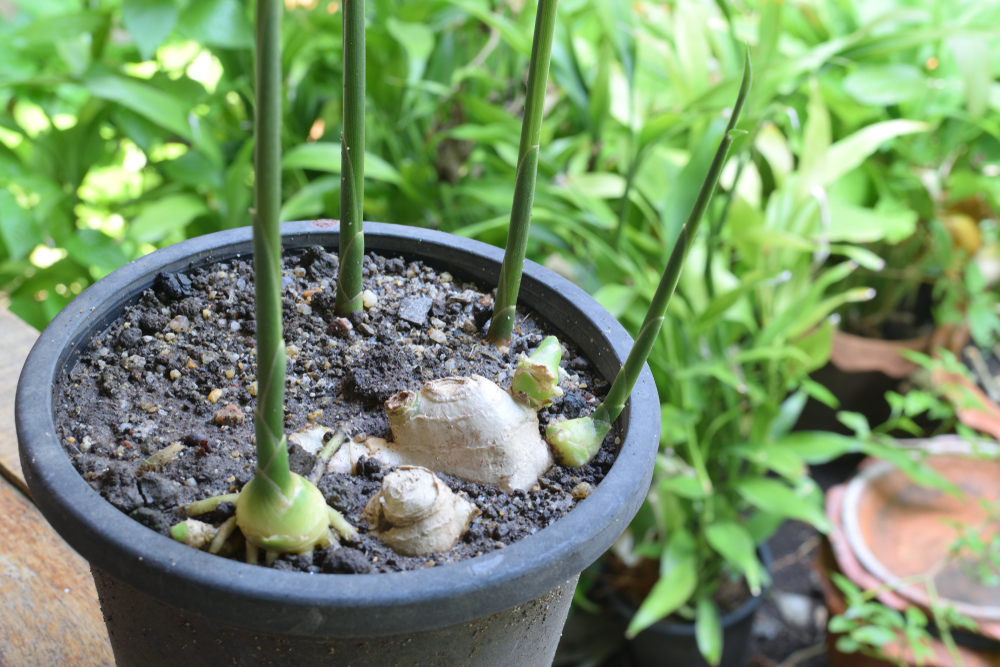
Ginger is a well-known root with anti-inflammatory and digestive healing properties. It is commonly used to treat nausea, reduce muscle pain, and alleviate digestive discomfort. Ginger can be consumed in tea, smoothies, or used in cooking to bring both flavor and health benefits to your diet. Having fresh ginger at hand allows you to use it as a natural remedy for various ailments.
This plant grows well in warm, moist environments and can be cultivated indoors in pots. Its healing properties make it an excellent addition to your home for both its medicinal and culinary uses. Ginger’s versatility in the kitchen and as a remedy for nausea, colds, and other ailments makes it a valuable plant. Growing ginger in your home is a simple way to have access to its numerous health benefits.
Rosemary

Rosemary is a fragrant herb that promotes both mental clarity and physical health. It has been shown to improve memory and focus, making it an ideal plant for boosting cognitive function. Rosemary is also known for its ability to support digestion and relieve pain in muscles and joints. Having this plant in your home ensures you have a natural remedy for headaches, indigestion, and other discomforts.
This versatile herb thrives in full sun and well-drained soil, making it easy to grow indoors or outdoors. Rosemary can be used in cooking, herbal teas, or applied topically in oils for its healing properties. Its pleasant scent and soothing effects make it a wonderful addition to any home. Rosemary provides both practical health benefits and an aromatic touch to your living space.
Catnip
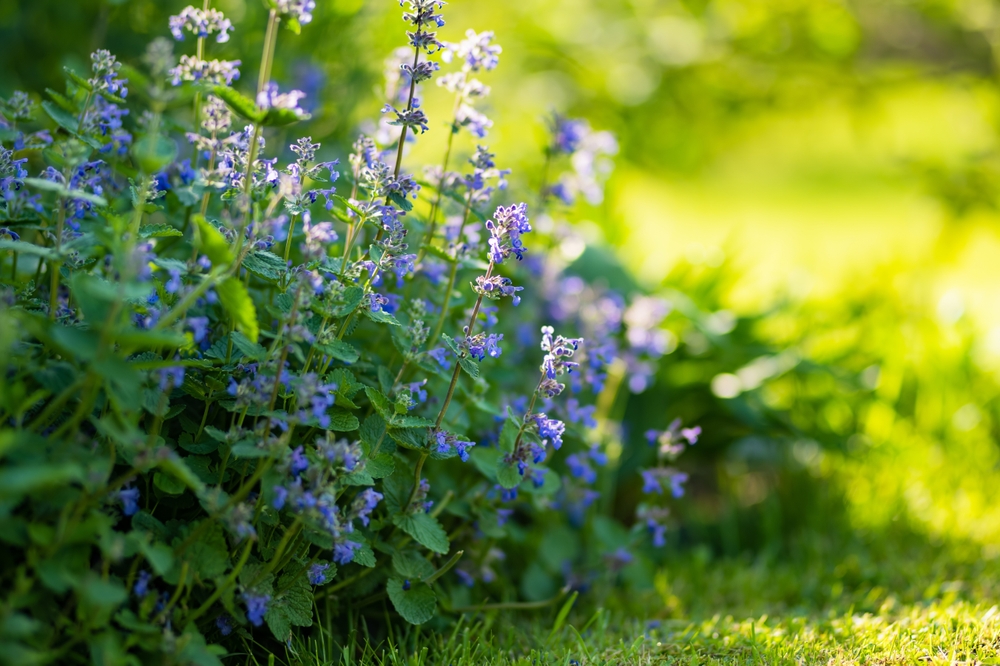
Catnip, a plant often associated with feline fun, also has medicinal uses for humans. It is known for its calming properties, making it effective in treating anxiety, insomnia, and digestive issues. Catnip tea has been used for centuries to promote relaxation and ease discomfort from colds and headaches. Growing catnip in your home provides an easy way to use this natural remedy for stress relief.
Catnip thrives in full sun and well-drained soil, making it easy to grow in gardens or containers. While it is known for its effect on cats, it also has a calming effect on humans, helping to reduce stress and promote better sleep. This plant can be used in teas, tinctures, and essential oils to benefit from its healing properties. Catnip is a simple and effective plant to have in your home for both you and your pets.
Marigold
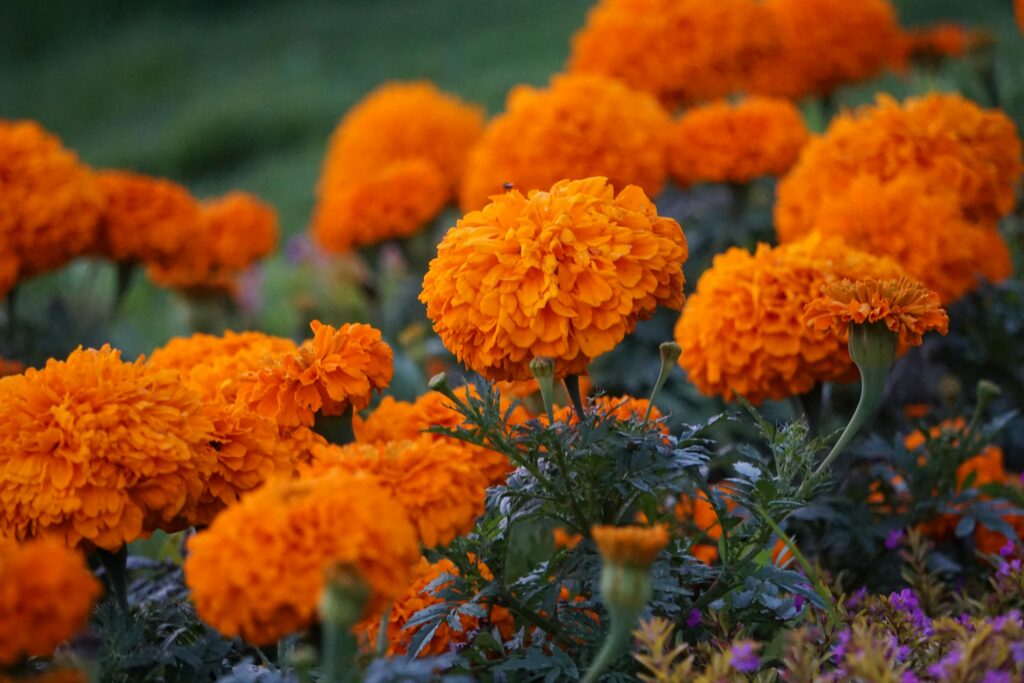
Marigold is known for its vibrant yellow and orange flowers, which have healing properties that date back centuries. The flowers contain compounds that help with wound healing, reducing inflammation, and soothing skin irritation. Marigold tea and extracts are often used to promote skin health and ease digestive discomfort. Having marigolds in your garden or home provides you with a natural remedy for a variety of common ailments.
Marigolds are easy to grow, thriving in sunny locations with well-drained soil. They are also known for attracting beneficial insects like bees and butterflies, adding beauty and function to your garden. Marigolds can be used topically to treat minor burns or cuts, thanks to their anti-inflammatory properties. With their bright colors and healing benefits, marigolds are a great addition to any home garden.
Healing plants bring a touch of nature into your home while offering a variety of health benefits. From improving air quality to providing natural remedies, these plants are perfect for anyone looking to create a more relaxing and healthier space. Growing them in your home allows you to experience the healing power of nature firsthand.
This article originally appeared on Avocadu.
